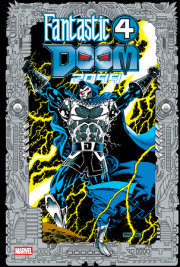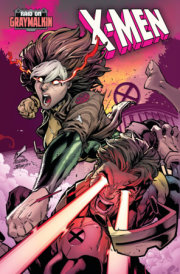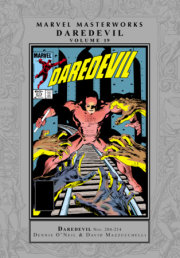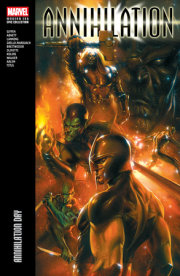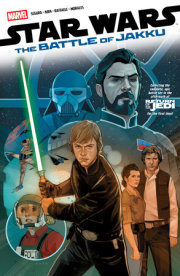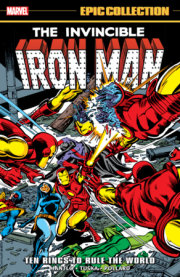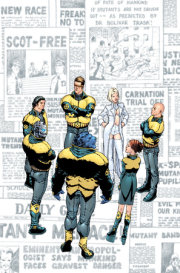Steve Gerber (1947-2008) first came to attention writing Defenders, in which he gave the non-team a non-traditional outlook equaled by few. In Adventure of Fear, he introduced Howard the Duck. Gerber’s other 1970s contributions included scripts for Iron Man, Sub-Mariner and more. Elsewhere, he is equally well-remembered for DC’s Phantom Zone, Eclipse’s Destroyer Duck and others.
Gerry Conway wrote Daredevil, Incredible Hulk, Iron Man and others. He was instrumental in Marvel’s 1970s horror boom with work on Man-Thing, Tomb of Dracula and Werewolf by Night. His years on Amazing Spider-Man yielded such historic highlights as the groundbreaking death of Gwen Stacy and the debut of the Punisher. He also wrote DC’s Batman, Superman, Wonder Woman and Legion of Super-Heroes. For TV, he has written and produced episodes of Diagnosis: Murder, Hercules: The Legendary Journeys, Huntress and Matlock.
Roy Thomas joined the Marvel Bullpen as a writer and editor under Stan Lee, scripting key runs of nearly every title of the time: Amazing Spider-Man, Avengers, Daredevil, Doctor Strange, Sub-Mariner, Thor, X-Men and more. He wrote the first 10 years of Marvel’s Conan the Barbarian and Savage Sword of Conan; and launched such series as Defenders, Iron Fist, Invaders and Warlock. At DC, he developed All-Star Squadron, Infinity Inc. and related titles, proving instrumental in reviving the Golden Age Justice Society of America. Thomas later became editor of Alter Ego, a magazine devoted to comic-book history, and co-scripted the sword-and-sorcery films Fire and Ice and Conan the Destroyer.
Not a traditional super-hero artist, Val Mayerik made his mark on other Marvel Comics titles starting with Chamber of Chills’ “Brak the Barbarian” in 1973. Mayerik worked on Supernatural Thrillers, Creatures on the Loose and Conan before taking over the “Man-Thing” feature in Adventure into Fear, helping introduce Howard the Duck. Since his tenure at Marvel during the 1970s, Mayerik has produced artwork for other comic-book publishers and roleplaying-game companies.
Neal Adams took the industry by storm with groundbreaking artwork on X-Men and Avengers. At DC, he and Dennis O’Neil collaborated on Batman and converted Green Lantern to Green Lantern/Green Arrow, a title famed for its combination of social commentary and comic-book action. He later founded Continuity Associates, home of Bucky O’Hare, Ms. Mystic and other fan favorites. After years of political activism, Adams returned to comics to write and draw Batman: Odyssey for DC, and provide art for Marvel’s New Avengers.
John Buscema (1927-2002) literally wrote the book on being a Marvel artist — namely, How To Draw Comics the Marvel Way — and few were better qualified. His career dated back to the Timely/Atlas era of the late ’40s and early ’50s. Soon after beginning the Marvel Age of Comics, Stan Lee recruited Buscema from the advertising field to the Marvel Bullpen. Buscema followed a long run on Avengers with the long-anticipated first Silver Surfer series. He subsequently succeeded Jack Kirby on Fantastic Four, Thor and other titles. By the time of his retirement in 1996, Buscema had penciled nearly every Marvel title — including his personal favorite, Conan the Barbarian.

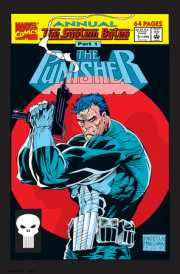
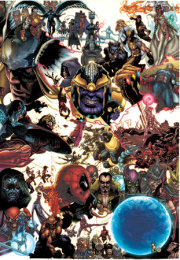
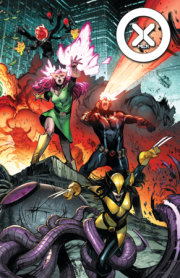
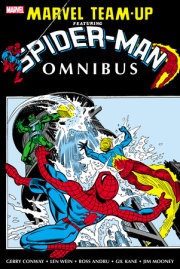
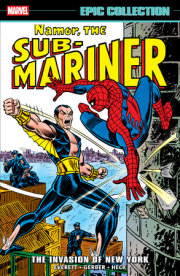

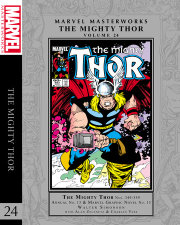
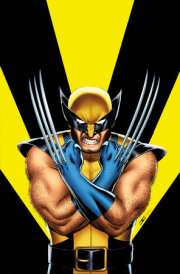

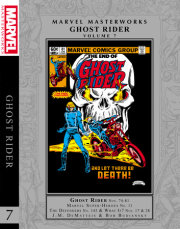
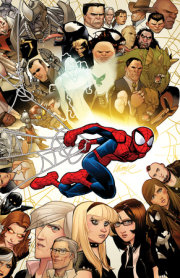
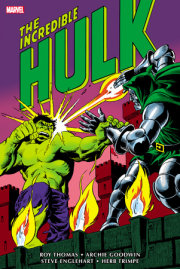

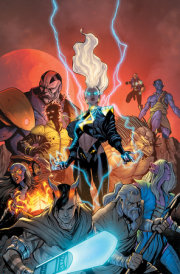
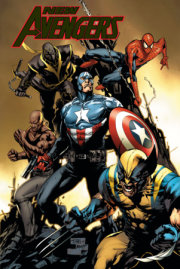

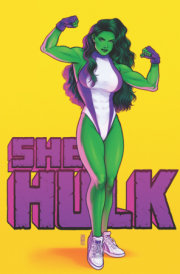


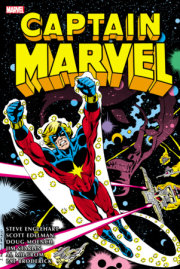
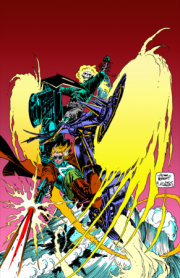
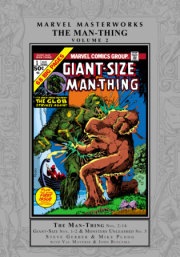

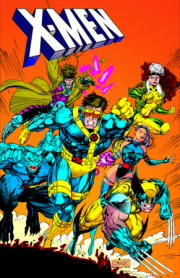
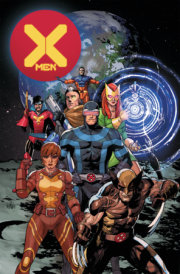
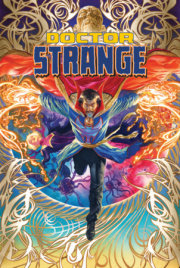
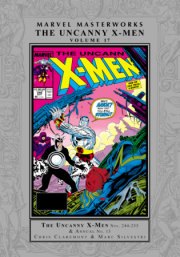
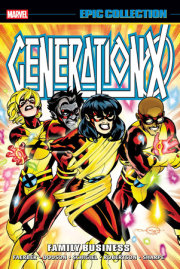
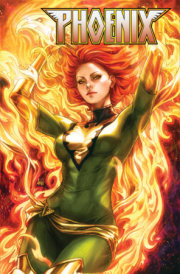
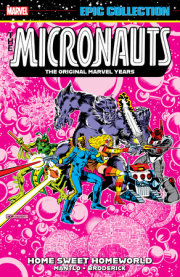
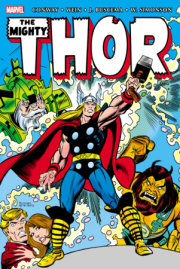
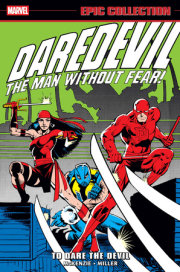
![Iron Man: Demon In A Bottle [New Printing 2]](https://images.penguinrandomhouse.com/cover/9781302961817?width=180)
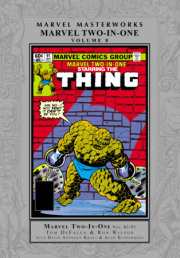
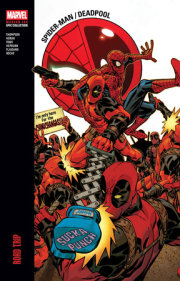
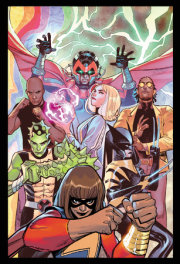

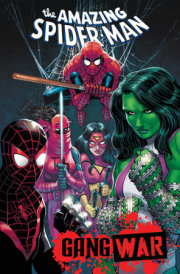
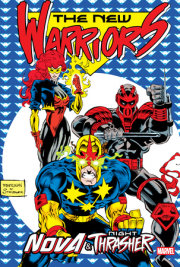
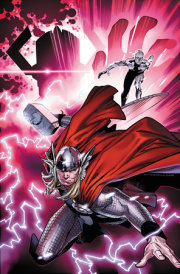

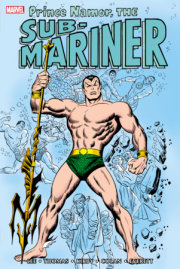
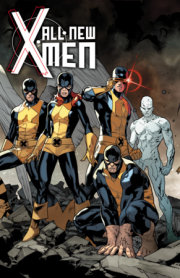
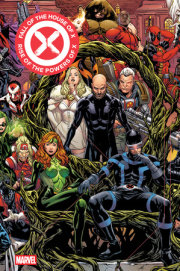
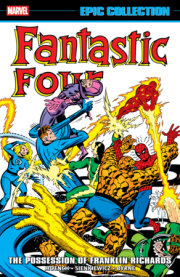
![Original Sin [New Printing]](https://images.penguinrandomhouse.com/cover/9781302966249?width=180)
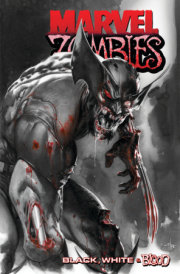
![X-Factor By Peter David Omnibus Vol. 1 Larry Stroman Cover [New Printing]](https://images.penguinrandomhouse.com/cover/9781302963705?width=180)
![Avengers West Coast Epic Collection: Vision Quest [New Printing]](https://images.penguinrandomhouse.com/cover/9781302963910?width=180)
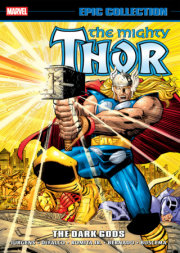
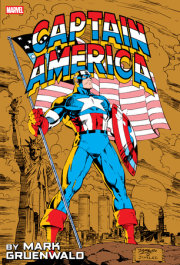
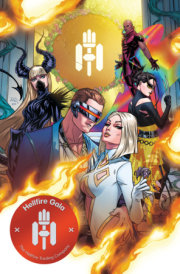
![Wolverine Goes To Hell Omnibus Jae Lee Cover [New Printing]](https://images.penguinrandomhouse.com/cover/9781302961381?width=180)
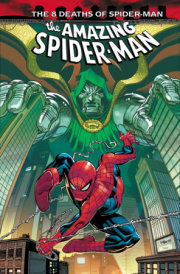
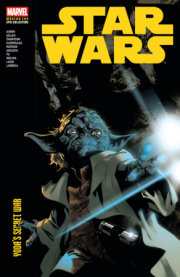
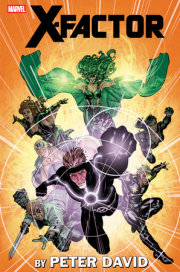
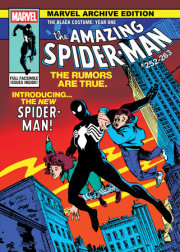


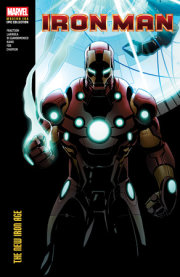

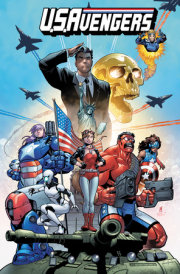
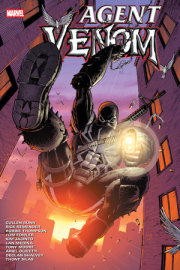

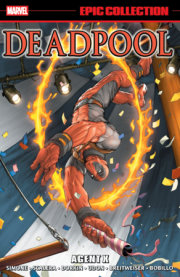

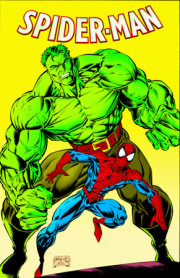
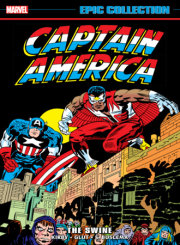
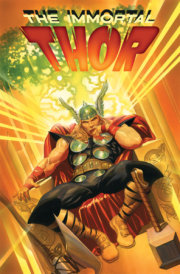
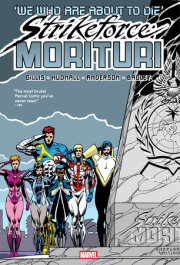
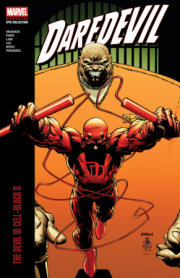
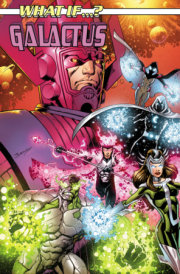

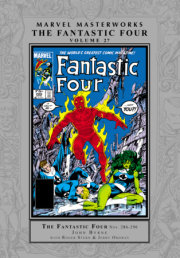


![Marvel Masterworks: The Silver Surfer Vol. 1 [Remasterworks]](https://images.penguinrandomhouse.com/cover/9781302956042?width=180)

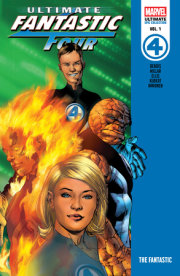
![X-Men: Age Of Apocalypse Vol. 2 - Reign [New Printing]](https://images.penguinrandomhouse.com/cover/9781302963958?width=180)
